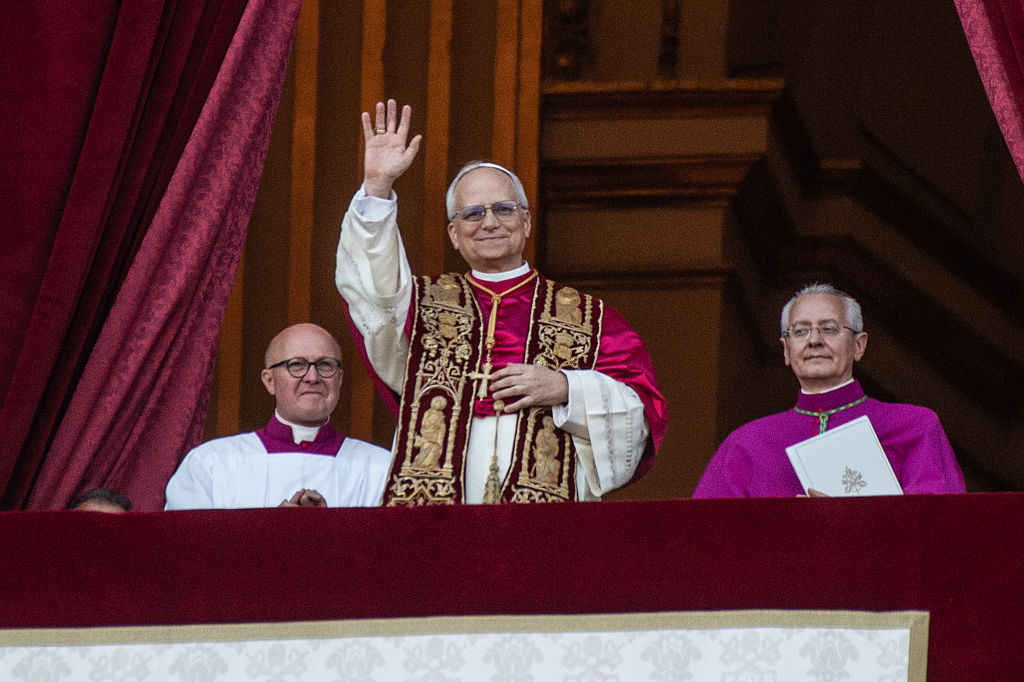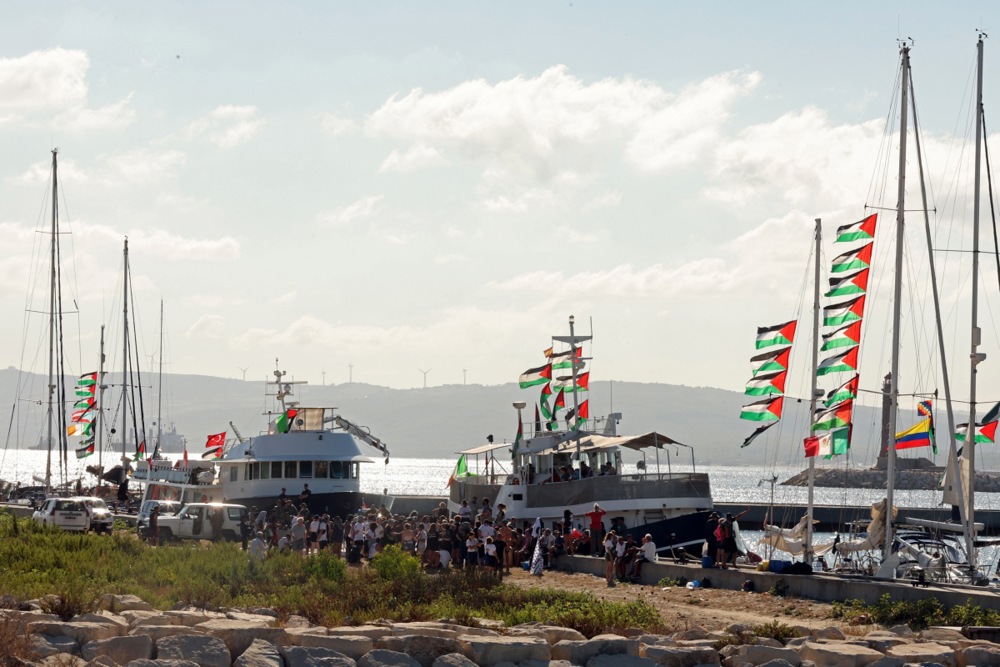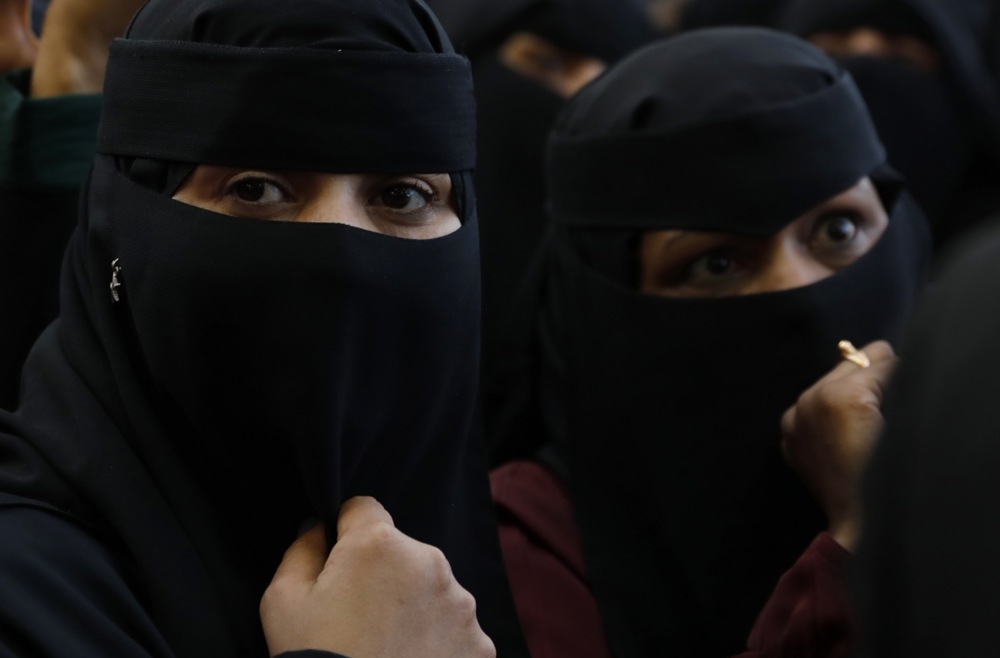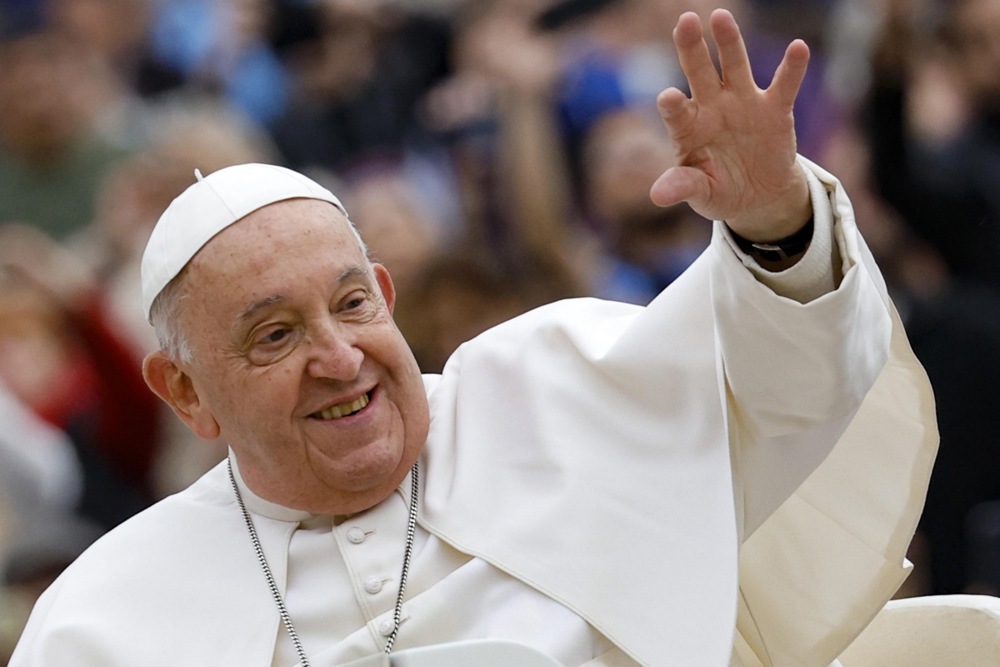The Vatican’s Apostolic Library has provided a dedicated prayer room for Muslim visitors, causing a heated debate online.
The prayer space, located within the library’s premises in Vatican City, is not a grand mosque-like facility but a modest room equipped with a simple prayer rug oriented towards Mecca.
This facility, described as a simple act of courtesy for visiting scholars, was disclosed in an Italian-language interview published on October 8 in La Repubblica, Italy’s leading centre-left daily newspaper.
The disclosure has ignited a firestorm of discussion, with supporters hailing it as a symbol of interfaith respect and critics decrying it as a dilution of Catholic identity.
The story emerged not from an official Vatican press release but from a casual aside during an interview with Father Giacomo Cardinali, the 48-year-old Vice-Prefect of the Vatican Apostolic Library.
Father Cardinali, a priest and scholar, was speaking to La Repubblica about the library’s vast collections and its role as a global hub for academic research.
Founded in 1475 by Pope Sixtus IV, the Vatican Library is one of the world’s oldest and most prestigious repositories of knowledge, housing over 80,000 manuscripts, 1.6 million printed books and artefacts from diverse civilisations, including ancient Qurans among its Arabic holdings.
“We are a universal library,” Father Cardinali said in the interview.
He highlighted the institution’s treasures including “incredibly old Qurans”, alongside Jewish, Ethiopian and unique Chinese items. It was in this context of inclusivity that he addressed the practical needs of international researchers.
“Of course, some Muslim scholars have asked us for a room with a carpet for praying and we have given it to them,” he said, framing the decision as a routine gesture of hospitality rather than a formal policy shift.
This offhand remark, buried in a broader conversation about the library’s digitisation efforts and restoration projects, has since been amplified elsewhere.
The library, which welcomes thousands of researchers annually, already accommodates various needs, from ergonomic desks to archival gloves but this marks the first publicly acknowledged provision for Islamic worship on site.
Father Cardinali’s comments align with the broader ethos of interfaith dialogue championed by Pope Leo XIV, who ascended to the papacy in May following the death of his predecessor, Pope Francis.
Elected on May 7 amid global calls for continued emphasis on migration, ecology, and religious harmony, Leo XIV — born Robert Francis Prevost in Chicago — has built on Francis’s legacy of outreach to Muslim communities.
In his inaugural address, he invoked the spirit of the 2019 Document on Human Fraternity signed with Grand Imam Ahmed el-Tayeb in Abu Dhabi, stressing “fraternity” across faiths.
Under Leo XIV’s leadership, the Vatican has hosted inter-religious events, including a joint Christian-Muslim prayer vigil for peace in the Middle East in July.
Conservative Catholic outlets and online commentators have reacted with dismay, viewing the move as emblematic of a creeping “syncretism” or even apostasy.
LifeSiteNews, a traditionalist news site, quoted Deacon Nick Donnelly, a prominent critic, who called it “a total betrayal of Our Lord Jesus Christ”, arguing that allowing non-Christian worship in a sacred Catholic space undermines evangelisation.
Novus Ordo Watch, a sedevacantist, or traditionalist Catholic movement, blog, lambasted it as “Vatican II theology in action”, using stock images of a praying Muslim superimposed on the Sistine Hall to underscore their point.
Online, many pointed out a lack of reciprocity for Christian prayer spaces in Mecca or Medina.
Defenders, though, emphasise the gesture’s practicality and spirit of caritas. They said it showed willingness for dialogue and respect.
Shia Waves, a Persian-language outlet, noted positive reactions from some Muslim commentators who viewed it as a “symbol of confidence and inclusivity”.





